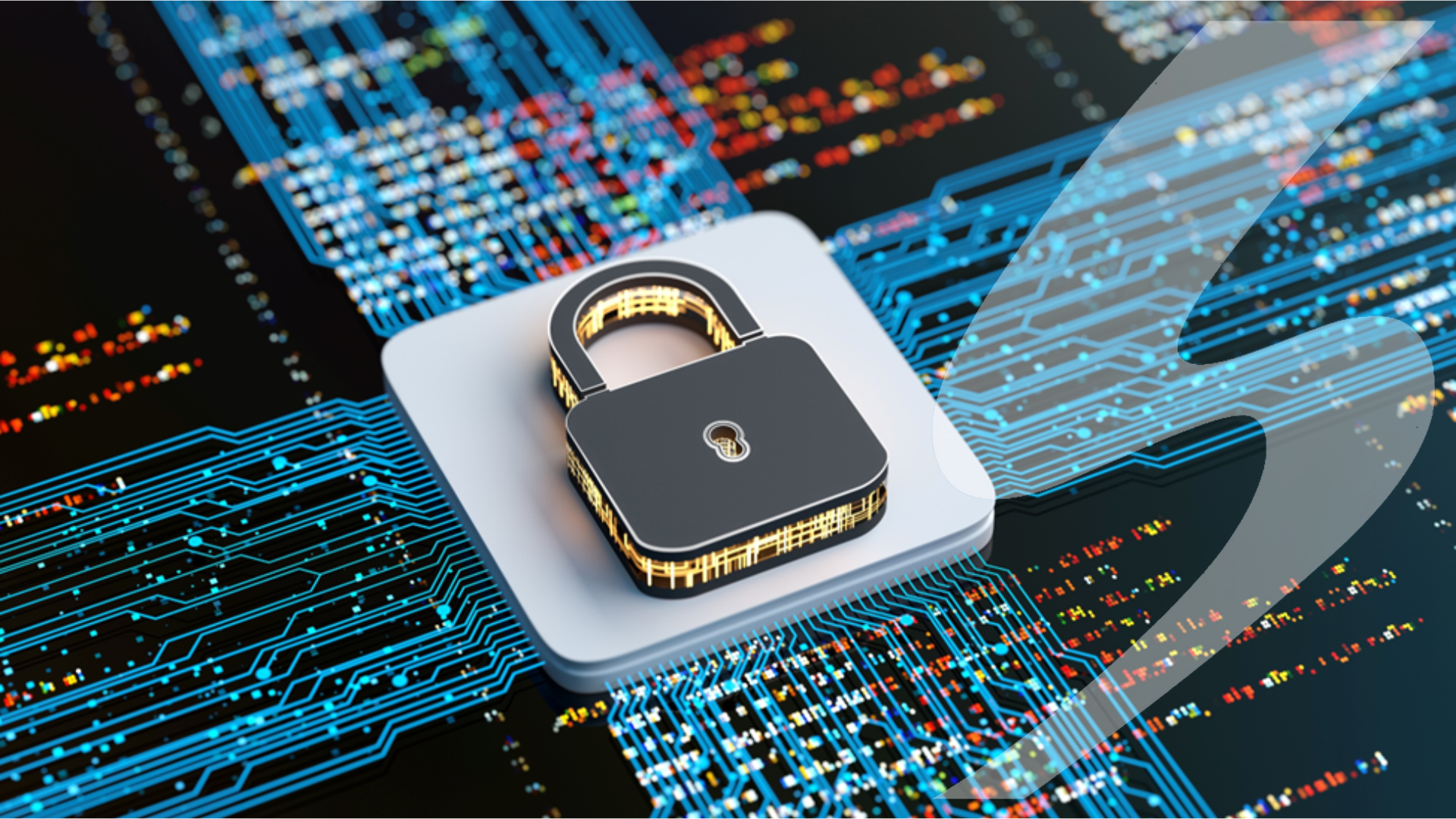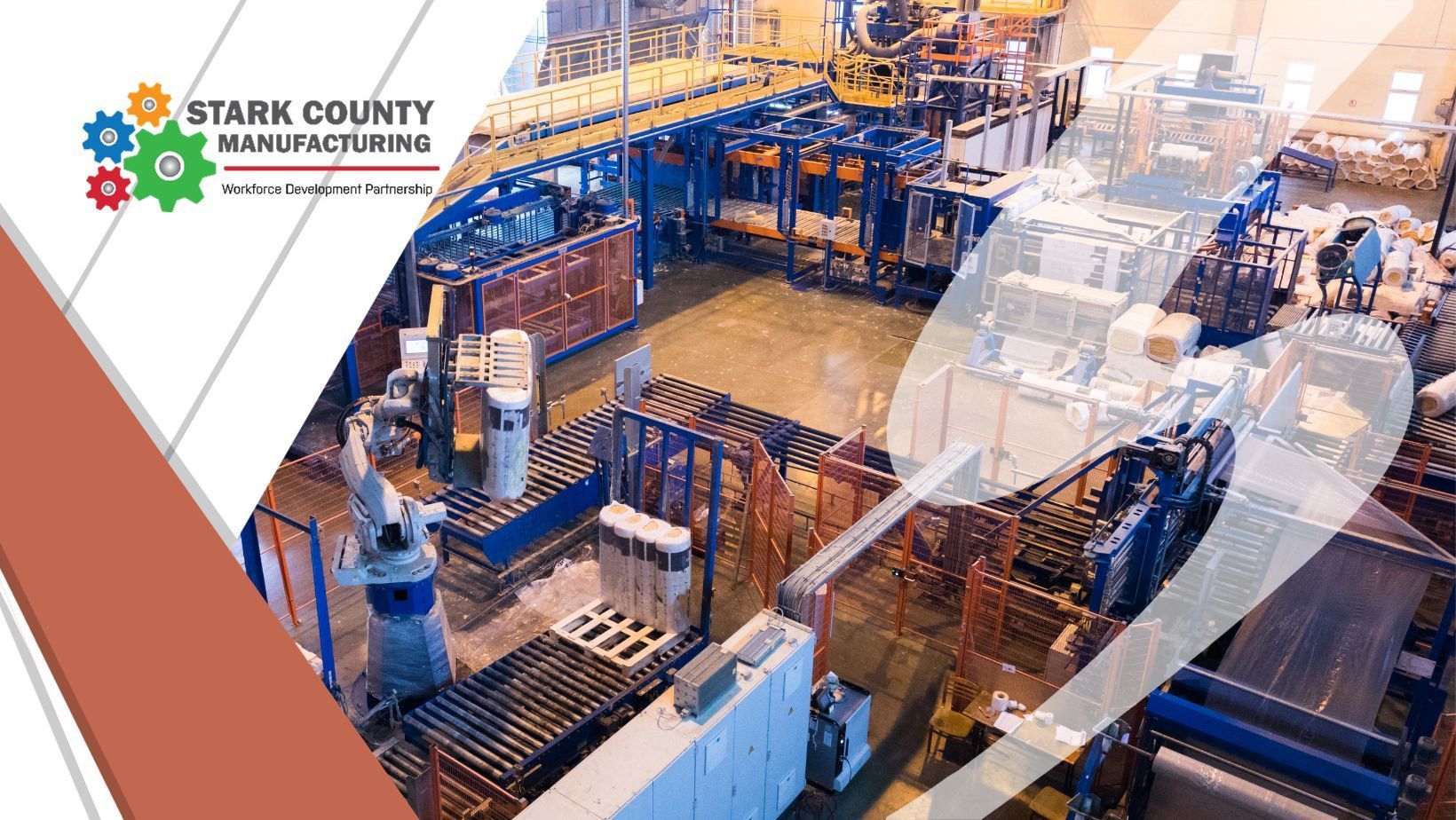







Before you start curtailing staff or reducing their benefits, try a more tech-focused approach. Strategically investing in technology is a simple solution that can streamline costs, despite the initial spend.
This starter pack of ideas shows you how certain IT investments can translate to huge savings – plus how to pick the ones most likely to help you recoup up-front costs.
Experts like the Society for Human Resource Management (SHRM), believe hybrid work – a part in-office, part remote work model – is likely the new norm. For businesses who’ve equipped their teams with the right tech, that’s great news.
For starters, a hybrid workplace is a less expensive workplace. With fewer on-site employees, businesses can drastically reduce operational costs including rent, utilities, supplies, food and even janitorial expenses.
One Global Workplace Analytics report showed six out of 10 employers identify cost savings as a major benefit of remote work environments. International companies with offices all over the world have saved millions by downsizing their workspaces, while others, like tech giant Nortel, have reportedly saved 30% or more in non-real estate costs after embracing remote work.
One hybrid work investment to prioritize: Updated equipment that can support virtual meeting tools. Unsurprisingly, at least 32% of businesses have implemented new video conferencing solutions since the pandemic began, according to a report by Gartner.
Speaking of updated equipment: Understanding when to look past the price tag and spring for a new machine or software versus sticking with something that still functions is a smart savings strategy.
Sometimes, businesses can extend the life of their PCs by upgrading upgrading hard drives, adding more memory or installing new graphics cards. Docking stations for external devices like AV equipment can also help you hold out a little longer if money is tight or you can’t afford to replace your entire fleet at once.
Still, at a point, a slow-running computer creates such a productivity drag that it no longer makes financial sense. With more mission-critical – and data-intensive – apps and programs coming online, businesses need to carefully evaluate whether updating their machines is the best way to stay competitive and increase their profitability.
When weighing your options, consider the age of the device and the total price of the ad hoc updates. If they’re going to cost more than half of a completely newer model, or the computer is more than four to five years old, investing in a new device is probably a better value, even with the initial cost.
When it comes to cybersecurity, prevention is worth every penny. Though it can be difficult to prove the value in deterring an event that never happened, the costs of preventing a cyberattack are a fraction of the alternative.
As TechRepublic reports, that value can be as much as “$396,000 to $1.37 million, depending on the type of attack.” A Deep Instinct report on The Economic Value of Prevention in the Cybersecurity Lifecycle offers this mathematical breakdown: “The average total cost of a phishing attack is $832,500 and of that 82 percent is spent on detection, containment, recovery and remediation. Respondents estimate 18% is spent on prevention. Thus, if the attack is prevented the total cost saved would be $682,650 (82 percent of $832,500).”
Said another way, containing a cyber breach is costly. By comparison, prevention is a total bargain. However it still requires investment, something about 54% of companies said they plan to prioritize and increase over the next two years.
Though spending money when you’re trying to cut costs may seem counterintuitive, sometimes it’s the most effective way to reach your savings goals. An investment in any of these IT strategies is like putting those funds right back into your business.









All Rights Reserved | Seifert Companies